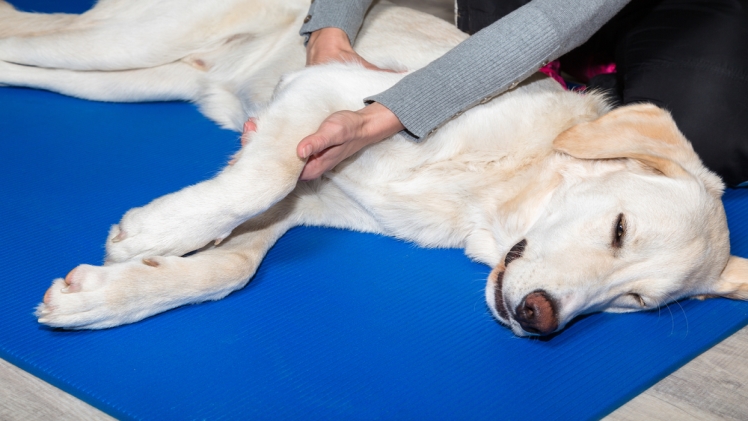Any emergency, big or small, is a frightening time. The fear and anxiety are compounded even more if your pet is experiencing an emergency and may require emergency surgery. Understanding what to expect before, during and after surgery can help ease your mind, and reduce both your own, and your pet’s anxiety. Below, let’s take an in-depth view at emergency pet surgery.
What is Considered an Emergency?
Nobody ever wants to see their pet injured or sick, but it can be a hard judgement call when trying to determine if your pet requires a trip to the emergency veterinary office. As a general rule, a pet emergency is anything that threatens your pet’s life. This can include traumatic injuries such as cuts and broken bones. This can also include illnesses where you pet is vomiting, weak, lethargic, or experiencing diarrhea. Further, if your pet has difficulty breathing, experiencing extreme anxiety, or is not eating or drinking you may want to take your pet to an emergency veterinarian. Some common medical emergencies that often require surgery for pets include:
- Ingesting a Foreign Matter
- Broken Limbs
- Cuts, Scrapes, or Burns
- Organ Failure
What to Expect With Surgery
Upon taking your pet to the emergency veterinarian expect your veterinarian to take some initial tests to monitor your pet’s vitals. This can include drawing blood to analyze organ function, taking your pet’s temperature, or listening to your pet’s breathing and heartbeat. Depending on the condition, a veterinarian may also want to take some diagnostic images, such as X-Rays, in order to help diagnose a broken bone or torn ligament.
Based on your veterinarian’s findings, your vet will work to first stabilize your pet, and then work to treat the condition. You may be away from your pet for a long duration, without regular updates. Understand that everyone at the veterinarian’s office is working to help you. If you are concerned with the progress of a procedure, feel free to ask any veterinarian team member for an update to help give you peace of mind.
Rehabilitation and Recovery
The ongoing recovery and rehabilitation for your pet following a pet emergency surgery may change depend on the type of injury or condition that prompted the surgery. It is very important following a successful visit to the emergency room to sit down with the veterinarian and understand exactly what was performed in the surgery, and how to care for your pet moving forward. Your veterinarian may also recommend a follow up visit to monitor the overall progress of your pet as he or she continues down the road to a full recovery.
Typically, for broken bones and torn ligaments, expect your pet to have some sort of medical brace to support the limb. This will come with medication for pain management, as well as a recommended course of physical therapy to keep the joint mobile. If a long-term condition is uncovered or diagnosed through emergency surgery your veterinarian will cover treatment and long-term options to keep your pet as comfortable and healthy as possible throughout his or her life.
Be Prepared
Of course, we never want an emergency to happen, but sometimes they are unavoidable. To be prepared be sure to keep a pet emergency kit at home. These kits can help save you valuable time if your pet is sick or injured and can help save your pet’s life. Often, the equipment found in a pet emergency kit is enough to keep your pet stable until a professional veterinary is able to take over. At a minimum, a pet emergency kit should include medication to induce vomiting when poison is ingested, splints and gauze for injury, and personal protective equipment, such as rubber gloves, to help protect you as the pet owner.
